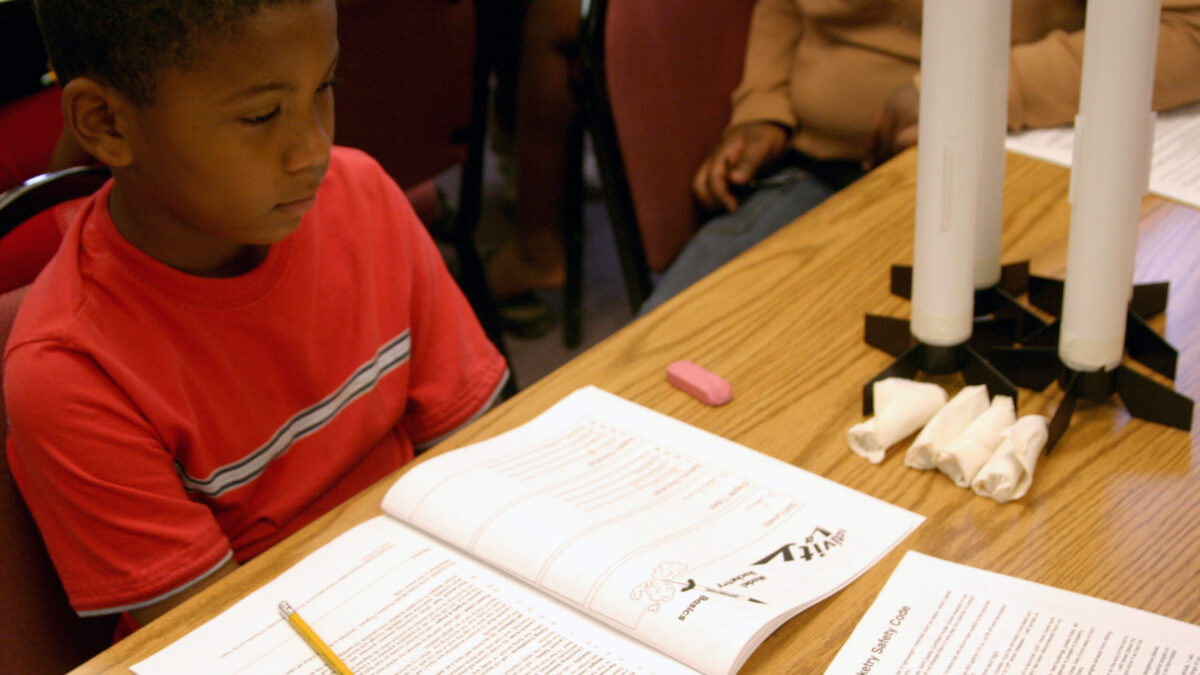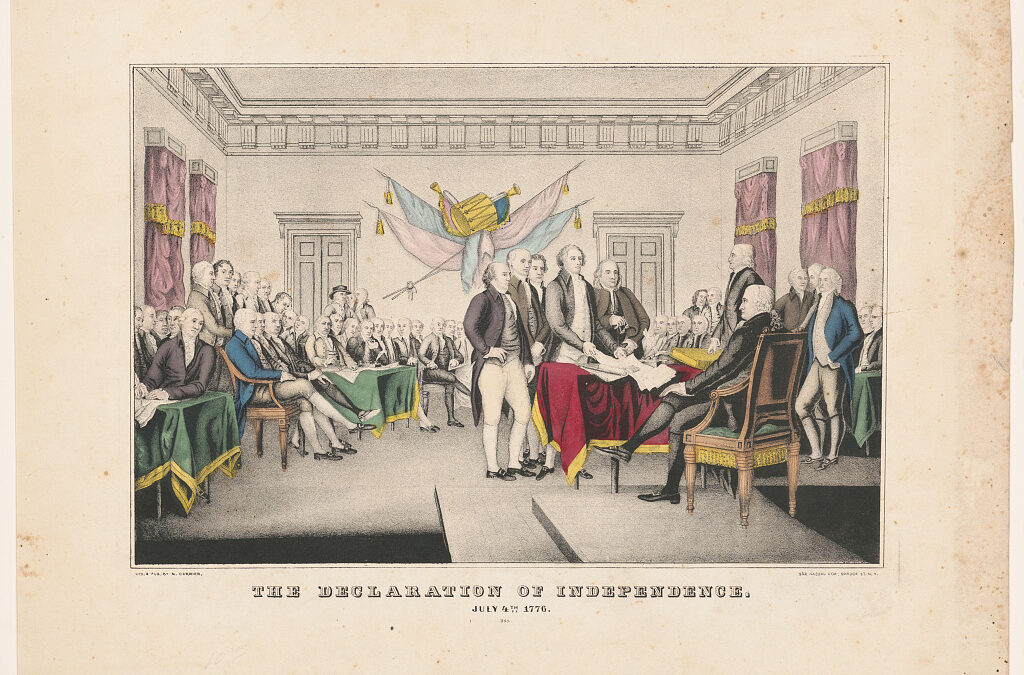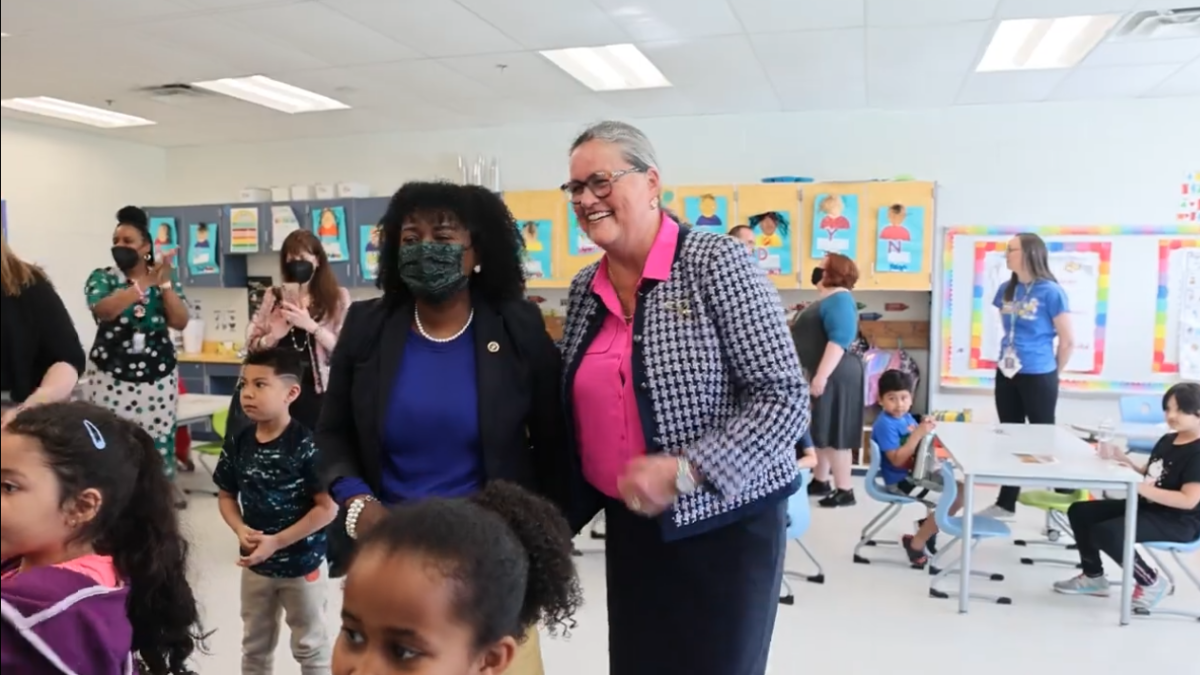According to a report in West Cook News, administrators at Oak Park and River Forest High School (OPRF) in Illinois will “adjust their classroom grading scales to account for the skin color or ethnicity of its students.” A recent presentation on this move reasons that “Traditional grading practices perpetuate inequities and intensify the opportunity gap,” and therefore must be changed to fix this problem.
However, the devil’s in the details, and it’s important to look past the rhetoric of “equity” and “core beliefs.” What’s really happening in initiatives like this around the country is that teachers stop deducting points from late work and re-takes for assessments, as well as stop giving homework and grades for participation.
At OPRF, even missing work will not be counted against a student of certain skin shades. Supposedly, this form of “competency-based grading” is expected to help black and Hispanic students, who are currently failing at much higher rates than their white and Asian peers.
When this is understood, it becomes clear that OPRF is simply taking part in a popular trend that has arisen in many districts across the country, particularly in the wake of Covid. Because there’s such a huge grade gap between students, and this gap is now always framed along racial lines, district leaders have been desperate to eliminate this gap and tout their equity to the world. Instead of knuckling down and finding ways to remediate struggling students, they eagerly resort to grading gimmicks like “competency-based grading” or “standards-based grading” that sound impressive but have actually been terrible for schools.
Lowering Standards Hurts Both Struggling and Gifted Kids
As one might expect, moving to a grading model premised on the idea that failure is the result of systemic injustice will essentially make failure impossible. Students will just be passed on whether they learn anything or not since it can always be argued that they “mastered” the skills and concepts in their own way.
Sure, in the past, students showed mastery by completing a series of assignments in a timely manner. But now, students don’t have to show mastery in any observable way; it’s usually just assumed by the teachers.
This also isn’t only the case for students in regular classes who struggled with the basics. This permissive grading practice affects all students, even those in advanced classes competing to be valedictorian. If any teacher dares to give them anything less than 100 percent for their final average, they will complain that they have mastered the standards of the class and are entitled to a perfect grade. Some teachers may try to fight this (and lose), but most teachers take the hint and give the students the grade he wants.
Of course, this leads to grades becoming completely meaningless — which is the real goal of implementing a competency-based grading system. It allows educators to become completely unaccountable and erases academic differences between students. And if students bomb their standardized tests and parents complain, they can blame the tests and parents for being racist.
Erasing Grades Actually Makes Disparities Worse
There’s also another, less anticipated problem with implementing competency-based grading: It leads to kids doing absolutely nothing in their classes. When students are told that they can earn full credit for a class without doing all the work, let alone turning it in on time, many of them will rightly see little reason in doing any of it.
Teachers can plead with them to pay attention, practice the skills, and remember the important concepts of the class, but students can ignore all this and play on their phones — and still get a perfect grade when they turn in all their work (often copied from another student) in the final week of the grading period.
It’s quite common to witness a class of high-performing students go from being attentive and hardworking at the beginning of the year to being lazy and rude at the end of it, all because grades no longer reflect effort. Meanwhile, teachers have to make peace with the fact that their students have regressed under their care.
As bad as this might be, especially in formerly good districts with high-achieving student populations, advocates can always tout the increase in equity: All students are effectively brought down to the same mediocre level. Everyone is passing, but now passing doesn’t mean anything, and students either stay where they are or become worse.
But even then, the great irony is that the performance gap still remains — and often grows worse — when grades are used to fabricate equal outcomes. Whereas the prospect of failure gave low achievers some kind of incentive to mend their ways and start working, that incentive is now gone. They sink ever further in their education while the high achievers only sink a little. More often than not, the disparities between racial groups become even starker.
Like Inflation, Low Standards Bring Everyone Down
It just so happens that there’s a disturbing parallel between this effort to eliminate failure by changing the grading system and the current presidential administration’s effort to eliminate poverty by printing more dollars. All that results is runaway inflation that makes everyone poorer and exacerbates inequality. The effect is incredibly demoralizing, and this leads to people shutting down and depending on handouts while the community as a whole becomes less productive.
There’s no shortcut to achievement. It takes work and common sense. It’s only when we accept the possibility of failure that we can accept the possibility of success.
Any grading system that eliminates these possibilities inevitably eliminates the very purpose of education. Learning ceases and schools just become poorly-run childcare centers. Contrary to the hopes of leftist educational reformers, turning their bad logic into policy will only multiply and worsen the problems already plaguing today’s public schools.









